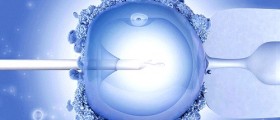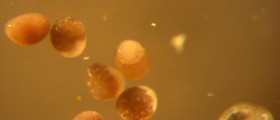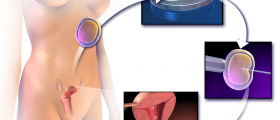
Mini IVF is said to have a higher success rate, and fewer risks. If you have not heard about Mini IVF before, here s an overview. Mini IVF is a procedure that was developed by Japanese researchers, as an answer to the problems that many patients have with traditional IVF. Unlike the usual IVF procedure, which involves weeks of injectable fertility drugs before implantation, high estrogen levels and progesterone injections for ten weeks after implantation, Mini IVF requires much less fertility drugs. Mini IVF starts with the patient taking Clomid on day three of their cycle. The use of Clomid is continued until ovulation approaches, and then a low dose of gonadotropin is added on strategic days of the cycle. This enables the harvesting of a small number of high quality eggs.
One of the greatest advantages of Mini IVF is that there is no need to use Lupron or other hormonal injections. Clomid does have its negative sides however, one of which is that it affects the uterine lining in such a way as to make it more difficult for eggs to implant into the uterus. The researchers that developed Mini IVF solved this problem by introducing vitrification, an embryo freezing technique.
Vitrification is the safest embryo freezing technique developed to date, with almost no risks. Frozen embryos resulting from this process can be used in natural cycles later on. Not only is Mini IVF less involved than its traditional counterpart, but its success rates are also higher, especially in older women who are striving to get pregnant. And in addition to a more pleasant procedure, and higher success rate, Mini IVF is also much less expensive. For many women in need of fertility treatment, it is an extremely serious option to look into. What do you think? Have you thought about attempting to get pregnant through Mini IVF? What are your thoughts about the procedure?
- www.nhs.uk/conditions/contraception/sterilisation-reversal-nhs/
- www.nhs.uk/conditions/infertility/treatment/
- Photo courtesy of Eugene Ermolovich (CRMI) by Wikimedia Commons: de.wikipedia.org/wiki/In-vitro-Fertilisation#/media/File:ICSI.jpg






_f_280x120.jpg)










Your thoughts on this
Loading...